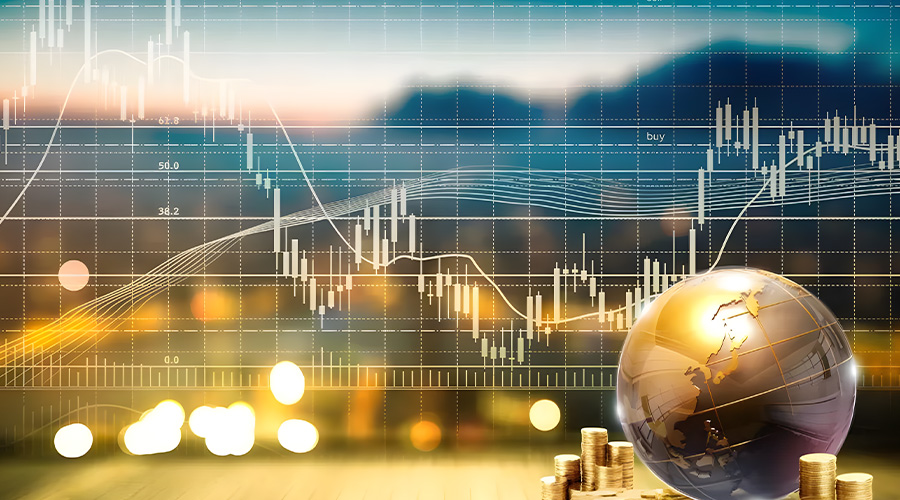🔥Which carries greater risk: investing in growth stocks or cyclical stocks?
When investing in growth stocks and cyclical stocks, both carry inherent risks, but the specific manifestations and magnitudes of these risks differ.
Risks of Growth Stocks
Market Competition Risk: Growth stocks are often in a rapid development phase, facing intense market competition. If the company fails to maintain its competitive edge or if new competitors emerge swiftly, it could significantly impact corporate performance, leading to share price volatility.
Valuation Risk: Due to high growth expectations, growth stock prices tend to be overvalued. If the company's growth rate fails to meet market expectations or sentiment shifts, the share price may plummet. A notable example is the decline of major SaaS stocks in the US from 2018-2021.
Operational Risk: Growth companies may encounter operational risks such as rapid technological advancements and shifting market demands. Failure to promptly adjust strategies or adapt to market changes could lead to performance deterioration.
Financial Risk: For rapid expansion, growth companies may require significant funds for R&D and expansion. Poor financial management or limited financing channels could result in cash flow disruptions, and such stocks are generally not expected to offer dividends.
Risks of Cyclical Stocks
Economic Cycle Risk: Cyclical stock performance is closely tied to economic cycles. During recessions or depressions, demand in related industries may drastically decrease, affecting corporate performance and driving share prices down.
Industry Volatility Risk: Cyclical stocks' sectors are often highly influenced by macroeconomic factors, policy environments, etc., resulting in significant volatility. Adverse industry changes like overcapacity or declining demand can negatively impact performance.
Unpredictable Earnings: Cyclical stocks' profitability is heavily influenced by economic cycles and industry fluctuations, making earnings forecasts challenging. This adds uncertainty and risk to investments.
Market Sentiment Risk: In times of market pessimism or panic, investors may sell cyclical stocks to mitigate risk, further depressing prices.
Comprehensive Comparison
From a risk perspective, growth stocks and cyclical stocks each carry specific risks. Growth stock risks center around market competition, valuation, operations, and finance; while cyclical stock risks are closely tied to economic cycles, industry volatility, unpredictable earnings, and market sentiment.
Determining which risk is greater involves assessing investors' risk tolerance, investment goals, and market conditions. For those with high risk tolerance seeking high returns, growth stocks may be more appealing. Conversely, investors prioritizing capital preservation with lower risk tolerance may find cyclical stocks more suitable.
Additionally, investing in any stock type involves risks. Investors should make prudent choices based on their circumstances and investment strategies. Maintaining rational thinking and avoiding blindly following trends or rumors is crucial during the investment process.
tags:
In-depth Analysis: Growth Stocks vs Cyclical Stocks, Which Poses Higher Investment Risk?
Risk Showdown: Growth Stocks vs Cyclical Stocks, How Should Investors Weigh the Risks?
Investment Essentials: Risk Analysis of Growth Stocks and Cyclical Stocks to Help You Make Informed Decisions
Investment Compass: Risk Comparison Between Growth Stocks and Cyclical Stocks, Which One is More Suitable for You?
Rational Investment: Growth Stocks vs Cyclical Stocks in a Risk Showdown, How Much Do You Know?








Comments (0)